Male Pattern Baldness (MPB), also known as androgenetic alopecia, is a common condition that affects men, leading to progressive hair loss. It is characterized by a specific pattern of thinning hair and is influenced by genetic and hormonal factors.

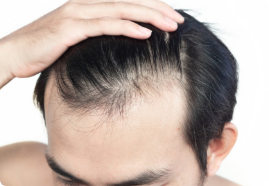
Hair begins to thin above the temples, often forming an "M" shape.
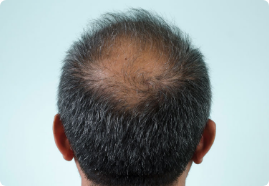
Hair loss progresses at the crown of the head, which may eventually result in baldness.
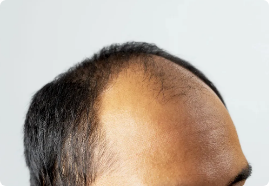
In advanced cases, hair remains only on the sides and back of the scalp, creating a horseshoe-shaped pattern.
Male pattern baldness, or androgenetic alopecia, is primarily caused by genetic predisposition and hormonal influences. It occurs due to the sensitivity of hair follicles to dihydrotestosterone (DHT), a derivative of testosterone. DHT binds to androgen receptors in the scalp, causing follicular miniaturization, which leads to progressively thinner and shorter hair until growth ceases. The condition follows a hereditary pattern, often inherited from either parent. Age is another contributing factor, as hair loss typically progresses with time. Lifestyle choices, including stress, poor nutrition, and smoking, may accelerate the process. Certain medical conditions, medications, and underlying health issues can also contribute to hair loss, exacerbating its progression.
Genetics: predisposition to hair loss is a significant factor in male pattern baldness, often influenced by genetic markers passed down from either parent, though traditionally associated with the maternal grandfather's hair pattern. Variations in the AR gene increase sensitivity to dihydrotestosterone (DHT), leading to progressive follicular miniaturization
Male Hormones (Androgens): Male hormones, particularly androgens like dihydrotestosterone (DHT), play a crucial role in regulating hair growth by binding to androgen receptors in the scalp. Over time, DHT shortens the hair growth phase, shrinks hair follicles, and leads to progressively finer, weaker strands until follicular activity ceases, resulting in permanent hair loss.
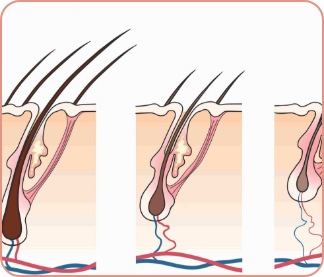
Over time, hair follicles become smaller, producing shorter and finer hair.
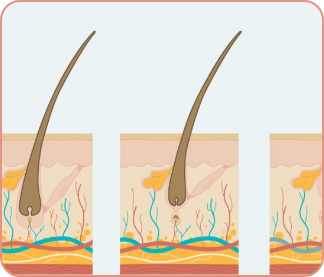
The active growth phase of hair becomes shorter, and the resting phase lengthens.
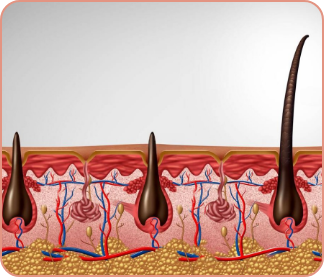
Eventually, follicles stop producing hair altogether.

MPB can begin as early as the teens, but it most commonly starts after puberty.
Male pattern baldness has been linked to certain health conditions, including
Explore your options today to address male pattern baldness and restore your confidence.
Male pattern baldness is not caused by poor scalp circulation or hair care practices.
Genetic predisposition and hormone levels are the primary drivers.
Though irreversible, hair loss can be managed with treatments, transplants, or lifestyle changes to improve appearance.
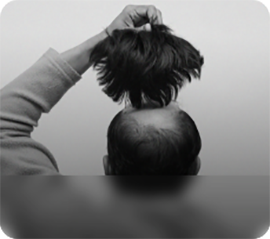
The Truth Regarding
Hair Patch


Cheap Hairloss Treatment
A Threat to the Hair and You

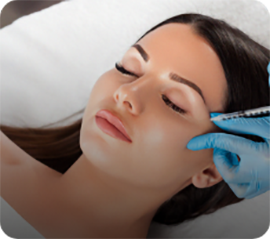
PRP Face Facial
Detail you should know

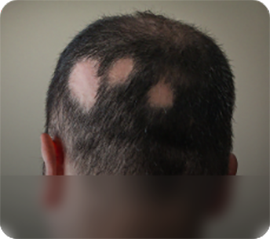
Thing You Need to Know
About Alopecia Areata

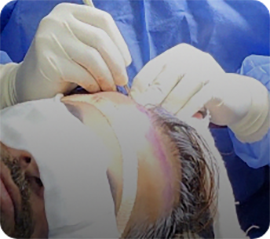
Long Hair
Tranplant


How PCOD Affect
Your Skin

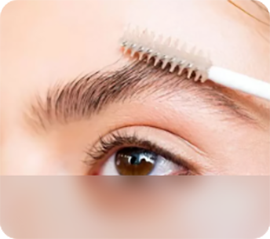
Eyebrow
Transplant


Hair Care Mistakes
To Avoid This Winter

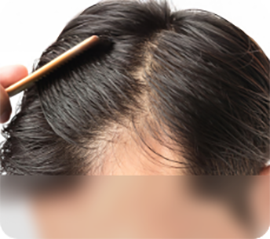
Facts About New Hairline
After Restoration


Dyeing Hair with Psoriasis
9 Things to Know First

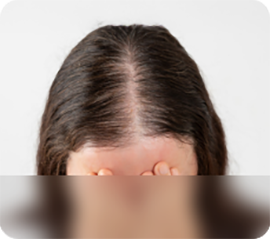
Hair Thinning
Causes and Cure


Can Stress Cause
Hair Loss
